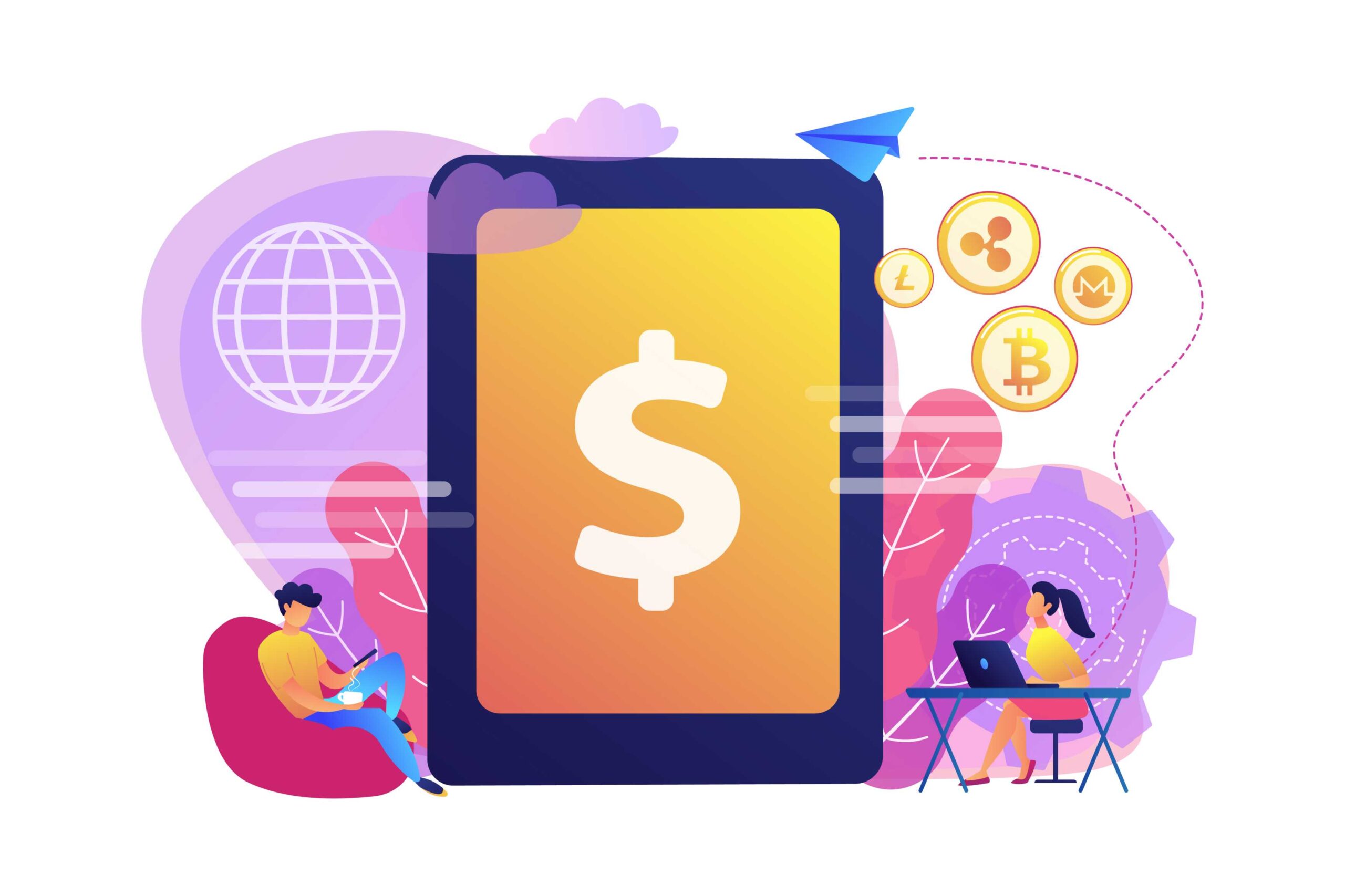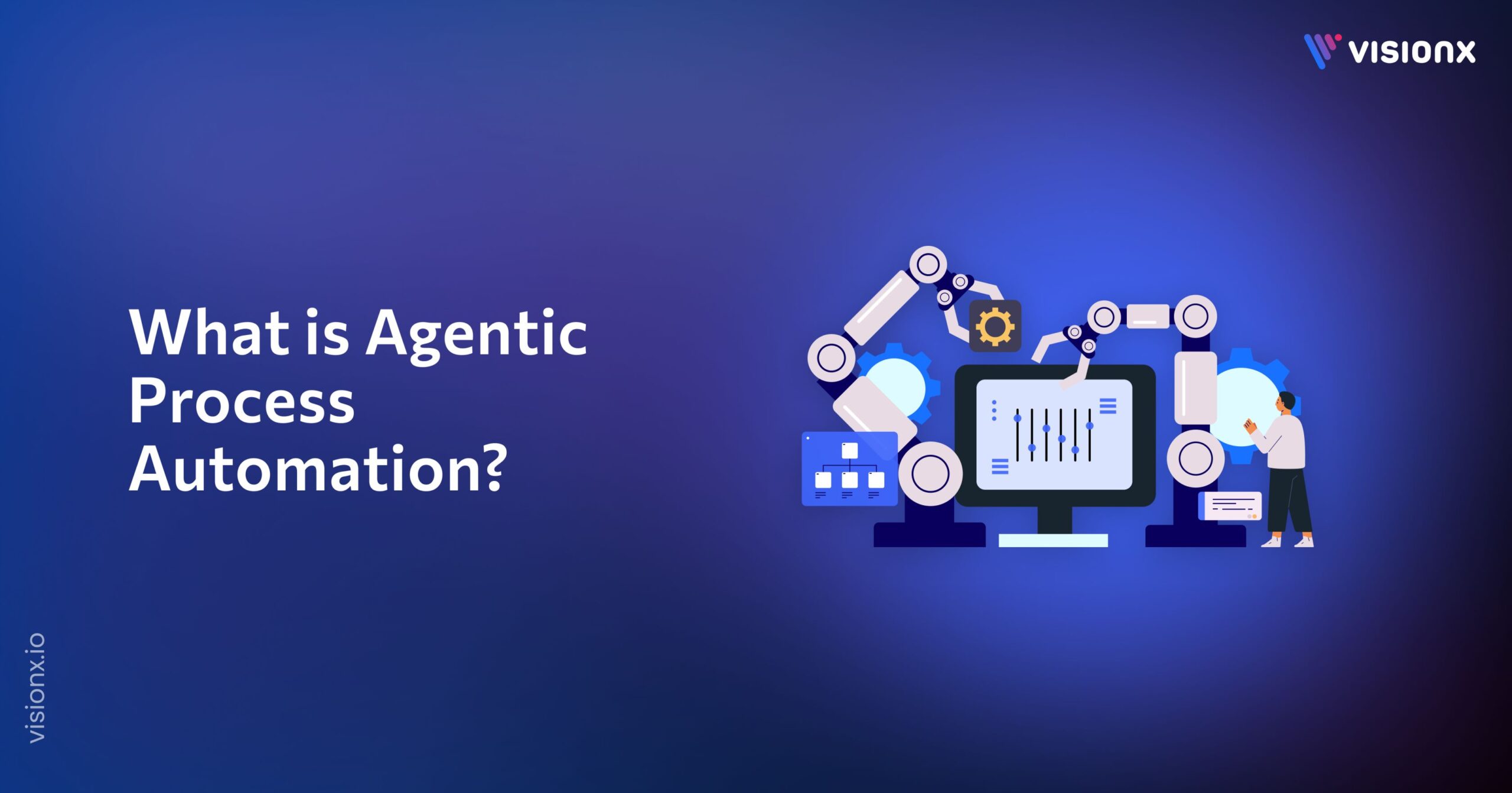App development cost is an important thing to consider when wanting to build a new app. Many factors influence the overall cost of developing an app. This blog post will provide a brief background on app development costs and an overview of key factors that impact the total cost.
App development requires many steps. These include planning, designing, coding, testing, and launching an app. Companies must pay for developer time and skills needed for each step. The costs add up quickly, especially for complex apps. Knowing what drives app development costs helps set realistic budgets.
Factors that affect app development cost
Here are the 7 factors that affect app development cost:
Complexity of Features and Functionality
The complexity of the features and functionality is a major factor that impacts development costs. Apps with simple, basic capabilities can be built with minimal effort. But apps with advanced features like AI, ML, AR/VR, 3D graphics, complex calculations, or sophisticated backend infrastructure require much more extensive development work.
The more complex an app’s capabilities are, the more developer time and resources will be needed. This drives costs upward, sometimes exponentially, for highly complex apps.
Platforms Supported
Another key cost driver is the number of platforms an app needs to support. Developing an app for both iOS and Android platforms essentially doubles the cost compared to a single platform. Adding a web or desktop app option in addition to mobile platforms further increases costs.
Separate developers and codebases are needed for each platform, and extensive testing on various devices. The more platforms that need to be supported, the higher the development, testing, and maintenance costs become.
App Design and User Experience
App design and user experience factors significantly influence cost. A high-quality, polished UI with smooth animations and visual effects requires extensive design skills and time to develop. If an app needs to customize common UI elements instead of using native controls heavily, more complex programming is needed.
Ensuring an app is intuitive and easy to use also adds development overhead. Apps with minimal design demands are cheaper than robust UX designs with custom interfaces.
Developer and Designer Rates
The hourly rates of developers and designers are a straightforward cost factor. Their skills, experience levels, and location influence rates. A senior developer in the US can charge over $150/hour, while an offshore resource may cost $30/hour.
Companies can realize significant savings by using outsourced talent from the lower cost of living areas. However, coordination can be more difficult across time zones and cultures. The rates project managers negotiate with developers directly sway budgets.
Location of Development Team
Where the app development team is located geographically impacts costs. Hiring developers based in regions with lower wages and costs of living can decrease project costs substantially. However, communication and coordination challenges tend to increase with offshore teams.
Overlapping work hours and shared cultural context helps onshore teams collaborate more seamlessly. But onshore developers in tech hubs like Silicon Valley or New York City come with premium hourly rates. The tradeoffs between cost savings and logistical challenges must be weighed.
Maintenance and Hosting Costs
App development has ongoing maintenance and hosting costs even after the initial launch. Apps require regular updates to fix bugs, add features, and keep pace with OS changes. New versions need to be distributed and installed for users.
Apps also incur cloud hosting fees and infrastructure costs, which accumulate over time. These long-term post-launch costs must be calculated when estimating the real cost of an app. They can easily amount to 20% or more of initial development costs on an annual basis.
Additional Costs
Supplementary costs like testing, marketing, legal, and app store fees add up quickly. Extensive testing across devices is vital for ensuring app quality but requires significant time, tools, and infrastructure. Marketing an app to gain users is another major expense. Legal, accounting, and consulting fees also apply when forming a business entity around an app.
Finally, app store fees from Google Play and the Apple App Store range from 5-30% of revenue. While not direct development costs, these ancillary expenses impact the total funds needed to launch and grow an app successfully.
Cost to hire an App Developer
When estimating cost, companies must decide between in-house and outsourced developers.
In-House vs. Outsourced Developers
When estimating hiring costs, companies must decide between in-house developers or outsourced talent. In-house developers are employees on the company payroll. This allows close supervision and control but can be expensive over time.
Outsourced developers are contracted on a project basis, allowing flexibility. Outsourced teams from lower-cost regions can have significantly lower hourly rates. However, communication hurdles may arise. There are pros and cons to each approach that impact budgets differently.
Developer Experience Level
The experience level and skills of the developers hired influence costs. Senior developers with years of directly relevant experience can work faster and produce higher-quality code but have higher salary requirements.
Entry-level to mid-level developers charge lower hourly rates but may take more time to complete tasks. The need for oversight and code reviews must be accounted for as well. Hiring a mix of senior, mid-level, and junior developers can allow you to balance budgets while ensuring sufficient expertise.
Salary Ranges for App Developers
Salary ranges for mobile and software developers vary based on specific roles, experience levels, and geographic location:
- Entry-level developers: $50k – $80k
- Mid-level developers: $80k – $120k
- Senior developers: $120k – $150k+
In expensive tech hub cities like San Francisco or New York, base salaries for senior developers can exceed $150k. Adjusting for lower costs of living, salaries between $60k to $100k for experienced developers are typical.
Equity, bonuses, and benefits can add 25-50% or more to total compensation as well. When estimating salary-driven hiring costs, research location-specific salary data.
Mobile App Development Costs Based on Complexity
Mobile app development costs vary based on the complexity:
Low-Complexity Apps
Apps with simple, straightforward functionality and basic UI/UX typically cost between $10,000 to $50,000 to develop. These have features like informational content, simple calculators, basic forms, user inputs, etc. Minimal backend functionality is needed. Design is kept simple with mostly native UI components. 1-2 programmers can often handle development. Total costs remain low.
Medium-Complexity Apps
For apps with more advanced capabilities like social features, real-time data, secure accounts, interactive content, and customized UI, development costs usually range from $50,000 to $250,000.
More design time is needed for custom interfaces. Dedicated backend development and infrastructure are required. Quality assurance and testing are extensive. Additional specialists like UI/UX designers, DevOps engineers, and project managers are involved.
High-Complexity Apps
Apps with cutting-edge features like AI, AR/VR, 3D rendering, or complex algorithms and data analysis can easily exceed $250,000 in development costs. Large, experienced teams are required with backend, frontend, design, QA, data science, and other roles.
Rigorous design prototyping and testing are done. Compliance considerations, security testing, and certification add overhead. Launching successfully in a competitive app store requires significant investment.
Ongoing Maintenance and Updates
After the initial launch, apps require regular maintenance and updates, contributing significant long-term costs. Bugs need fixing, features need improvement, and updates are required to work with new OS versions. Monthly or annual costs for developers and testers to maintain the app must be allocated. Hosting infrastructure, third-party services, and other recurring costs also accumulate. For a successful app, maintenance can amount to 20% or more of initial development costs annually.
App Cost for Different Platforms
Android and iOS have distinct UI/UX guidelines, programming languages, and device capabilities that impact development and testing costs. iOS apps tend to have higher design and UX expectations, while Android users are more accepting of functional apps. Familiarity with Swift/Objective-C vs. Java/Kotlin also influences developer productivity for each platform. There are additional overhead costs every time an app is ported to a new platform.
Fragmentation in Android
The wide device fragmentation across Android manufacturers and OS versions increases testing costs. Apps must be tested on phones from Samsung, Motorola, Google, and others running different Android versions. Adjusting layouts for various screen sizes and accounting for OS differences like notifications APIs adds overhead.
iOS has much less device diversity, reducing iOS app testing efforts.
Code Reuse and Cross-Platform Frameworks
Using cross-platform app frameworks like React Native or Flutter allows code reuse across Android and iOS, reducing costs. However, completely native apps still deliver the best-optimized experience.
Additionally, some platform-specific coding is always required for each mobile OS. The right balance depends on app requirements. However, reusing business logic and UI code can yield significant cost savings versus duplicating efforts.
Conclusion
While app features and complexity primarily drive cost, targeting both major mobile platforms does increase budgets. iOS app development costs can be higher due to design expectations but lower for testing. Android’s fragmentation necessitates more testing configurations.
Cross-platform frameworks provide code reuse benefits but may sacrifice performance or native look and feel. Understanding these tradeoffs helps balance cost for quality during planning. With careful analysis of features, target markets, and strategic use of shared code, businesses can optimize development costs while still delivering excellent mobile apps.


